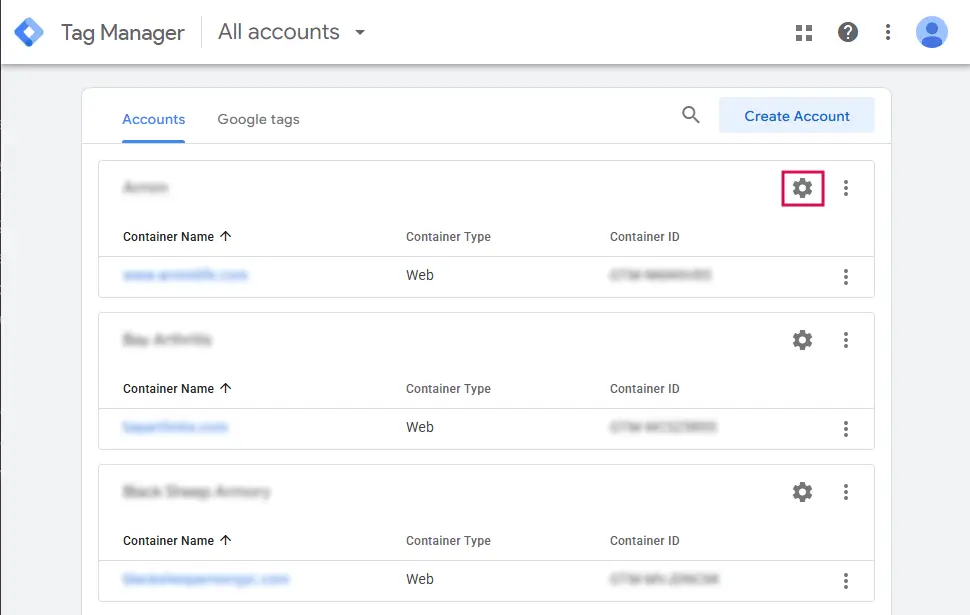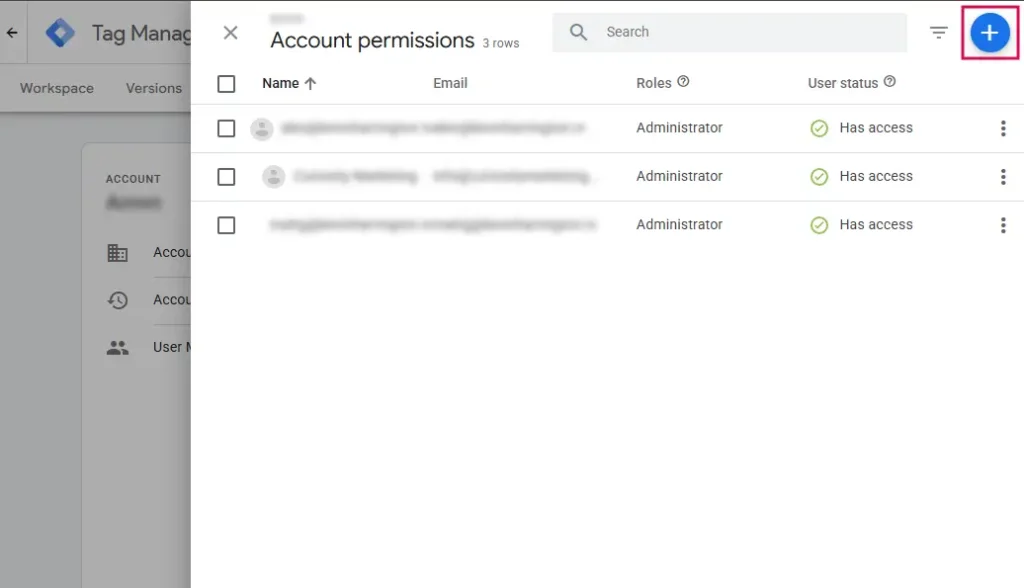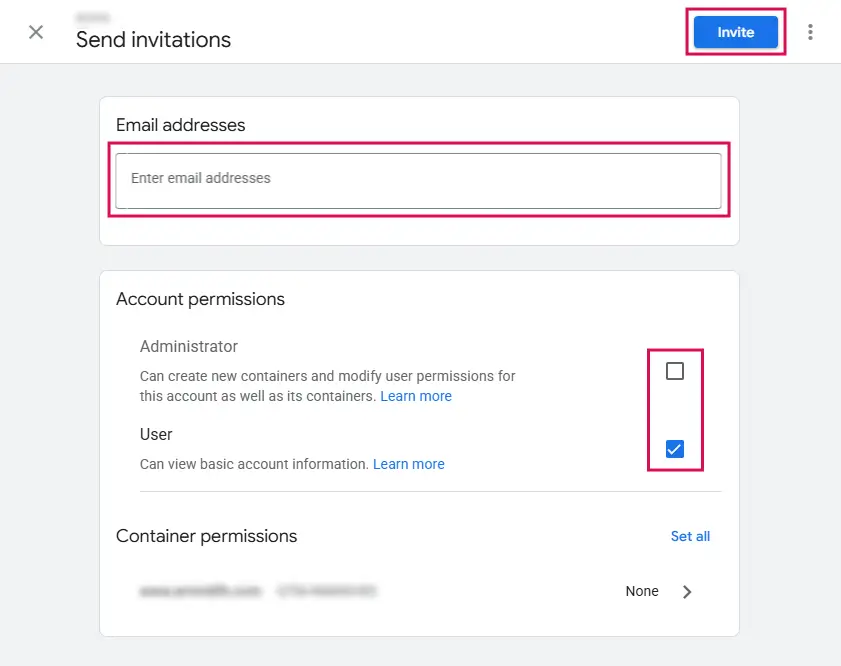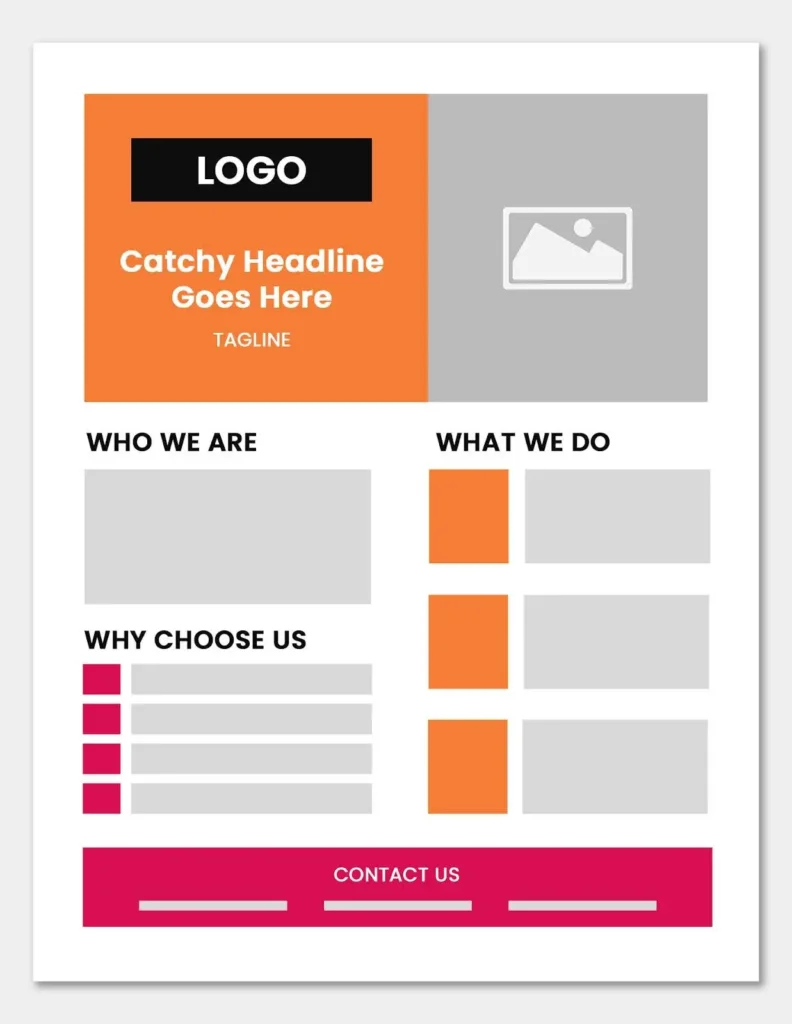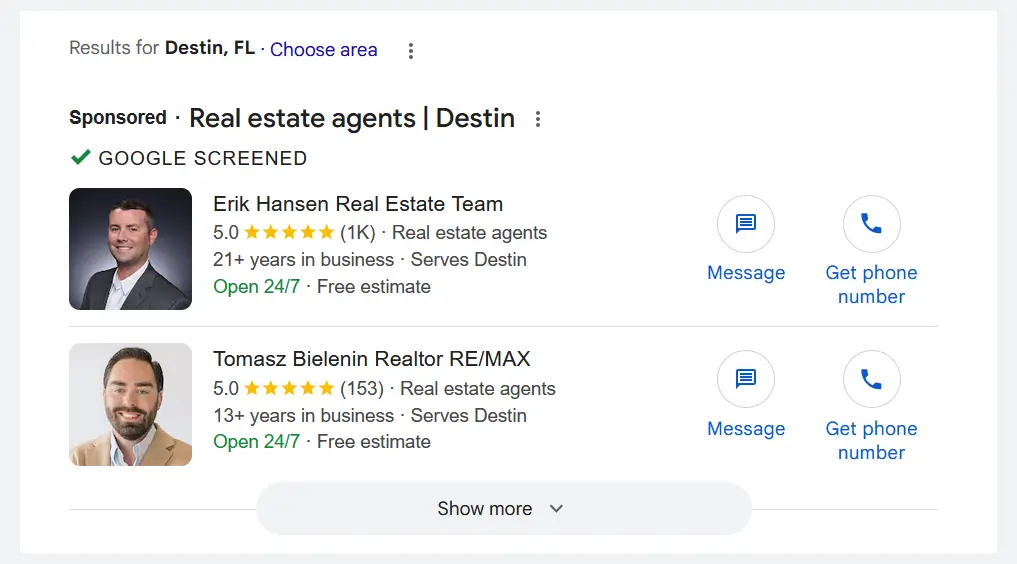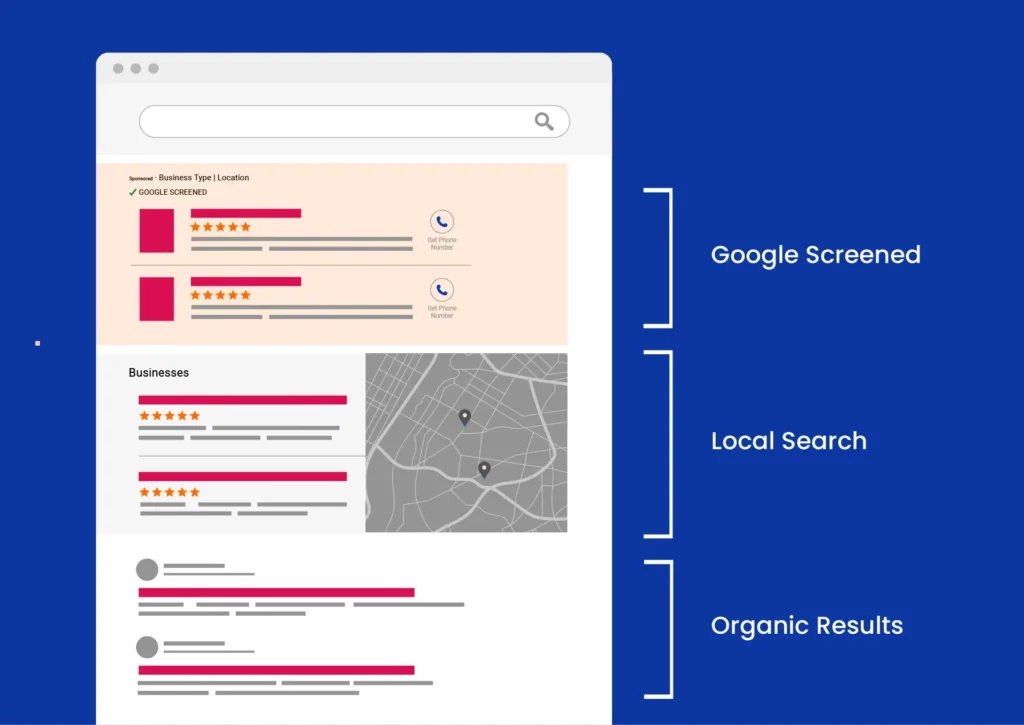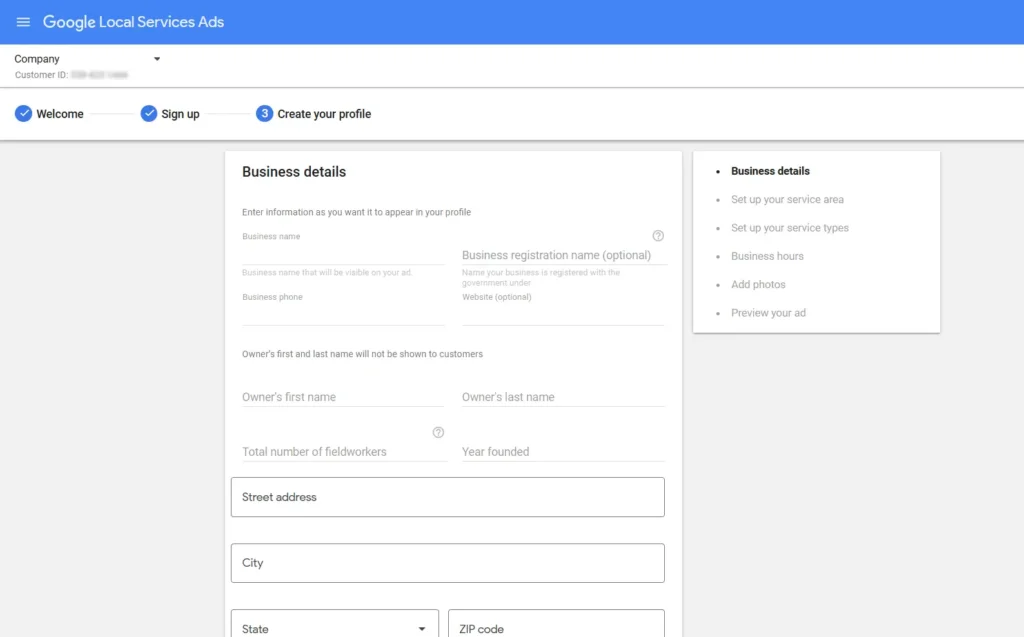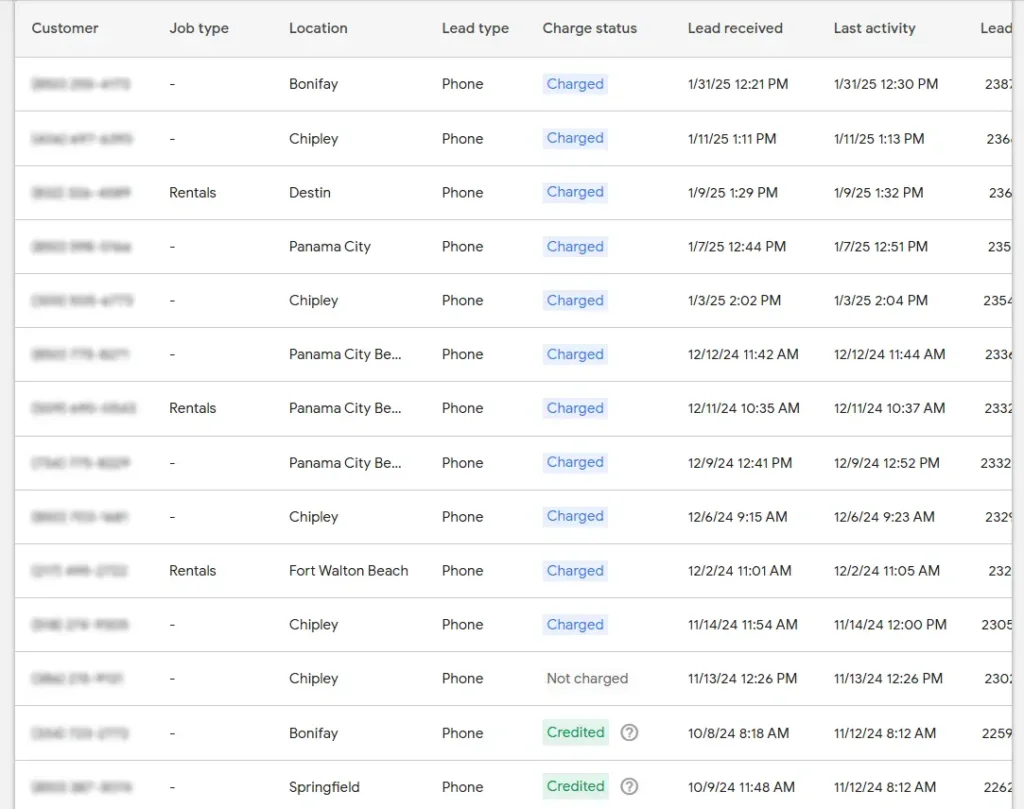First Impressions Matter in Healthcare
For most patients, the first visit happens online, not in your waiting room. When someone searches for care, your website becomes the first handshake, setting the tone for how trustworthy and professional your practice feels.
A clean, easy-to-navigate site shows that your team values organization and attention to detail. It helps visitors feel comfortable and confident that they’re in the right place. On the other hand, cluttered layouts or outdated designs can create doubt before a patient ever picks up the phone.
Patients aren’t looking for flash; they’re looking for clarity and reassurance. A modern design with simple navigation and clear calls to action helps them find answers quickly and builds trust from the very first click.
What Every Great Healthcare Website Gets Right
When a healthcare website works, patients notice, not because it’s flashy, but because it just feels easy. The best medical sites share a few simple traits: they’re easy to use, look professional, and make patients feel comfortable and informed from the moment they arrive.
It’s Simple to Navigate
A great website guides visitors where they need to go without frustration. Clear menus, quick appointment buttons, and simple contact options make it easy for patients to take the next step. Mobile-friendly design is just as important since many visitors will find you on their phones.
Websites like Brain & Spine and Gulf Coast Podiatry show how simple layouts and clear calls to action can make all the difference.
It Looks Clean and Professional
Visual design plays a big role in how trustworthy your practice feels. Calm colors, readable fonts, and consistent branding communicate care and attention to detail. Patients don’t need to be wowed by animation or complex design, they need something that feels welcoming and easy to read.

It’s Accessible to Everyone
Every visitor deserves a website experience that works for them. That’s why ADA compliance isn’t just about following rules—it’s about inclusivity. Features like proper color contrast, descriptive alt text, and keyboard navigation ensure that everyone, including those with disabilities, can easily use your site. You can read more about accessibility on our ADA Compliance blog.
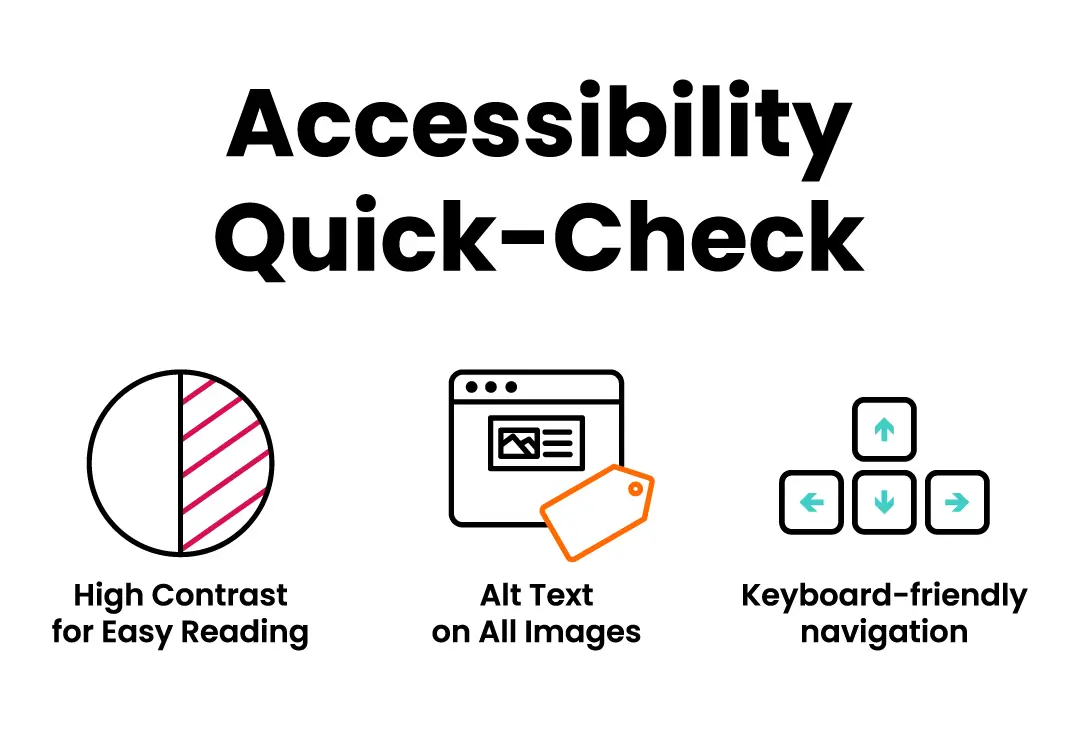
It Speaks to Real People
Patients don’t want to read pages of medical jargon—they want clear, caring information that helps them understand their options. Writing in a friendly, conversational way helps visitors connect with your practice. Simple calls to action like “Schedule an Appointment” or “Meet Our Team” can guide them naturally toward taking the next step.
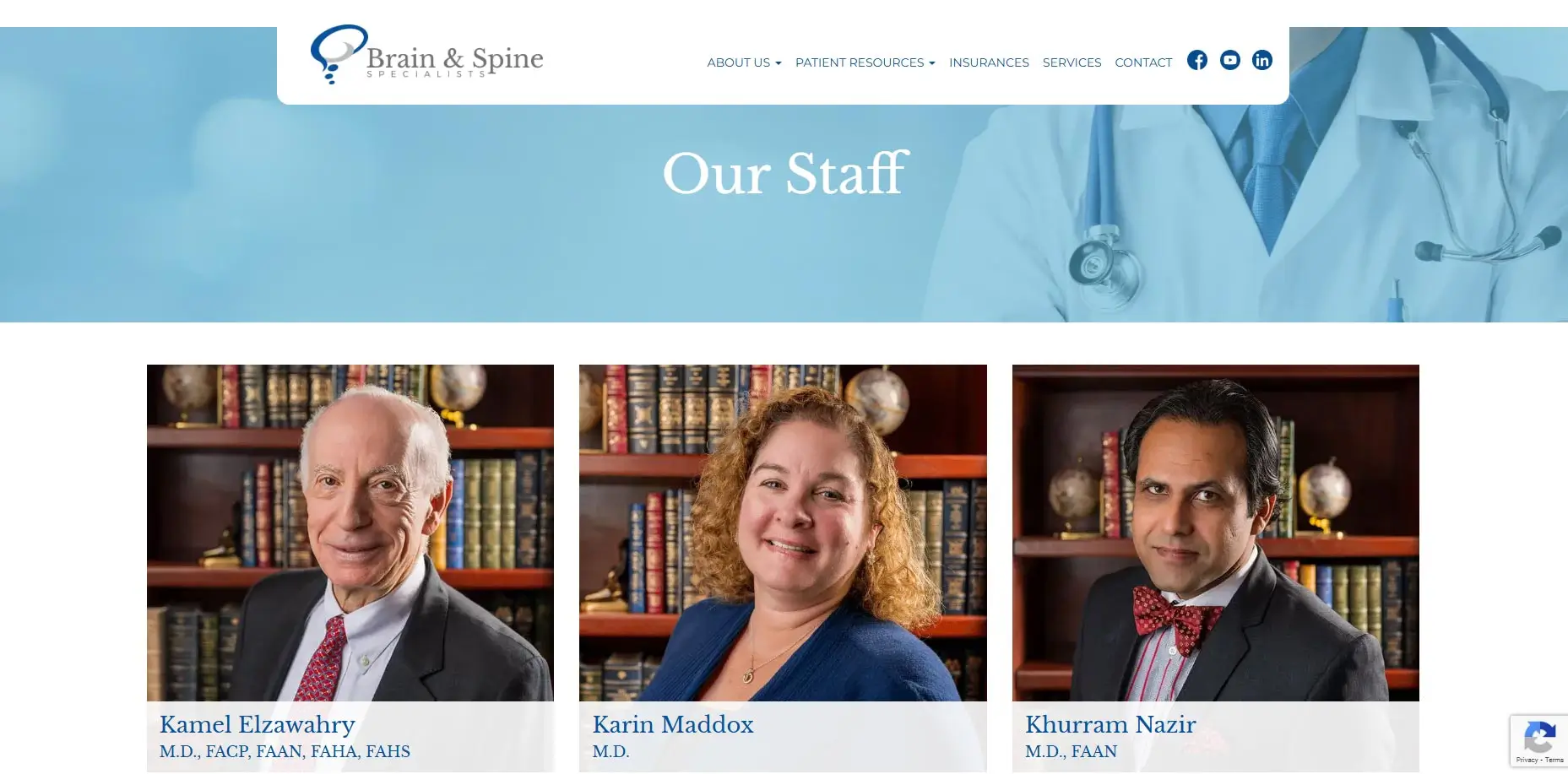
Why a Thoughtful Design Means Happier Patients
When your website is simple and reliable, patients have a better experience. Clear layouts and fast load times help them find what they need without confusion, whether they’re booking an appointment or researching a service.
A thoughtful design builds trust by making your site easy to use on any device. It’s fast, mobile-friendly, and optimized so patients can find you when they search for care online. Small details like speed, accessibility, and SEO all work together to create a smoother, more confident patient journey.
How We Design Healthcare Websites That Work
Here’s how we take your healthcare site from outdated to outstanding. Our process is simple, collaborative, and designed to help you connect with patients while building long-term trust online.
- We Listen: We start by getting to know your practice, your patients, and your goals. Understanding what makes your care unique helps us design a site that truly reflects your values.
- We Design: Our team builds a modern, authentic look that’s clean, professional, and easy to navigate. Every design choice, from colors to layout, is made to help patients feel confident and comfortable.
- We Develop: Once your design is approved, we bring it to life. We focus on speed, security, and SEO so your website performs well and is easy for patients to find.
- We Support: After launch, we don’t disappear. We continue to monitor performance, ensure ADA compliance, and make updates that keep your site working smoothly.
Real Examples of Great Healthcare Design
We’ve worked with healthcare providers and organizations of all kinds, each with their own goals and patient needs. These projects highlight how thoughtful design, clear structure, and accessible content can transform how patients experience care online.
Let’s Design a Healthcare Website That Feels Like Care
Your patients deserve a website that reflects the quality of care you provide every day. A thoughtful design not only builds trust but also helps people feel comfortable choosing your practice for their health needs.
We’ve helped healthcare organizations create sites that are welcoming, compliant, and built to grow with their goals. Now, let’s do the same for you.
Contact Us today to start building a healthcare website that truly feels like care.




